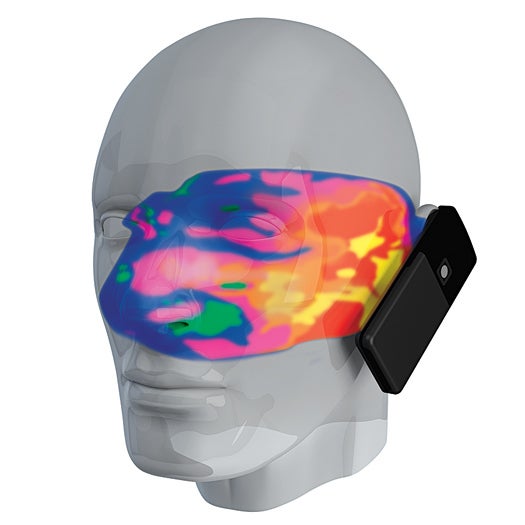San Francisco Requires Cell Phone Retailers to Display Radiation Output
Never mind that the largest study ever conducted on the cell phone-cancer link found that your cell phone addiction isn’t...

Never mind that the largest study ever conducted on the cell phone-cancer link found that your cell phone addiction isn’t increasing your risk of cancer. San Francisco voted yesterday requiring that all cell phones sold in the city display the amount of radiation they emit.
The law requires that retailers post the specific absorption rate (SAR) — the amount of radio waves absorbed into the user’s body — next to all phones in no less than 11-point type. Those absorption rates do vary from phone to phone, but while some scientific anomalies exist in rare cases there’s no scientific evidence suggesting that SAR has any bearing on one’s health or cancer risk. In fact, some studies have suggested cell phone radiation reverses Alzheimer’s (in mice, anyhow).
The Interphone project, a 13-country study on this exact topic found no increased risk for certain kinds of cancers linked to cell phone use, though to be fair the study was criticized for employing improper methodology. But the real issue here is one of education. When people look at a food label, they understand (with an ever-increasing depth of knowledge) caloric intake or what six grams of fat means to their diet. But can they use the SAR rates to their advantage in the same way?
The FCC requires phones sold in the U.S. to have an SAR of no more than 1.6 watts per kilogram. Does the average person really know what to do with that number? Sure, this labeling will help consumers comparison shop so they can best protect themselves from a threat that may or may not exist. But it seems like this law is a bit pointless unless it’s coupled with an education campaign that explains to consumers exactly what SAR numbers mean to their health. And since science is still deliberating just exactly what it means, this legislation seems a bit superfluous.